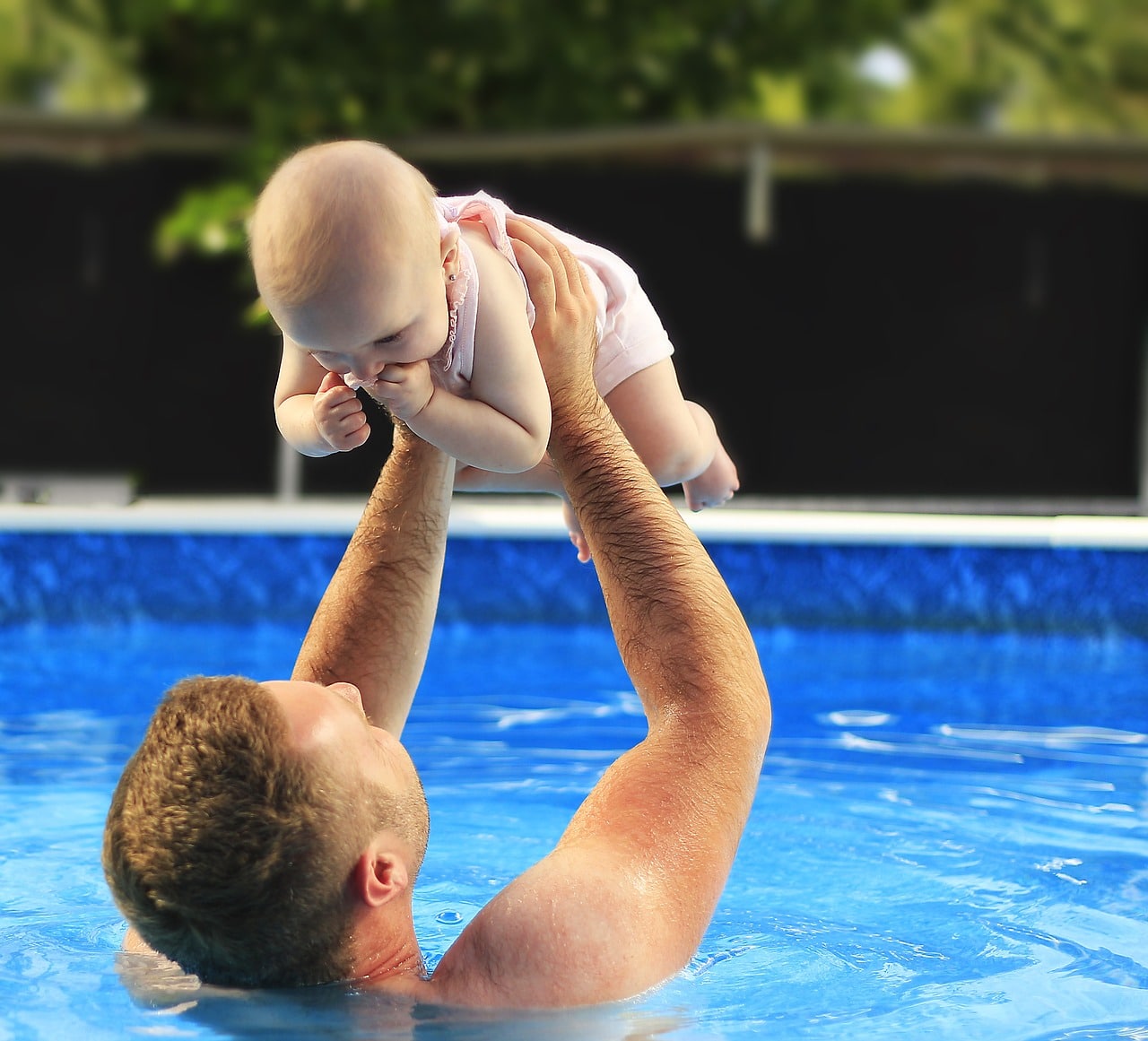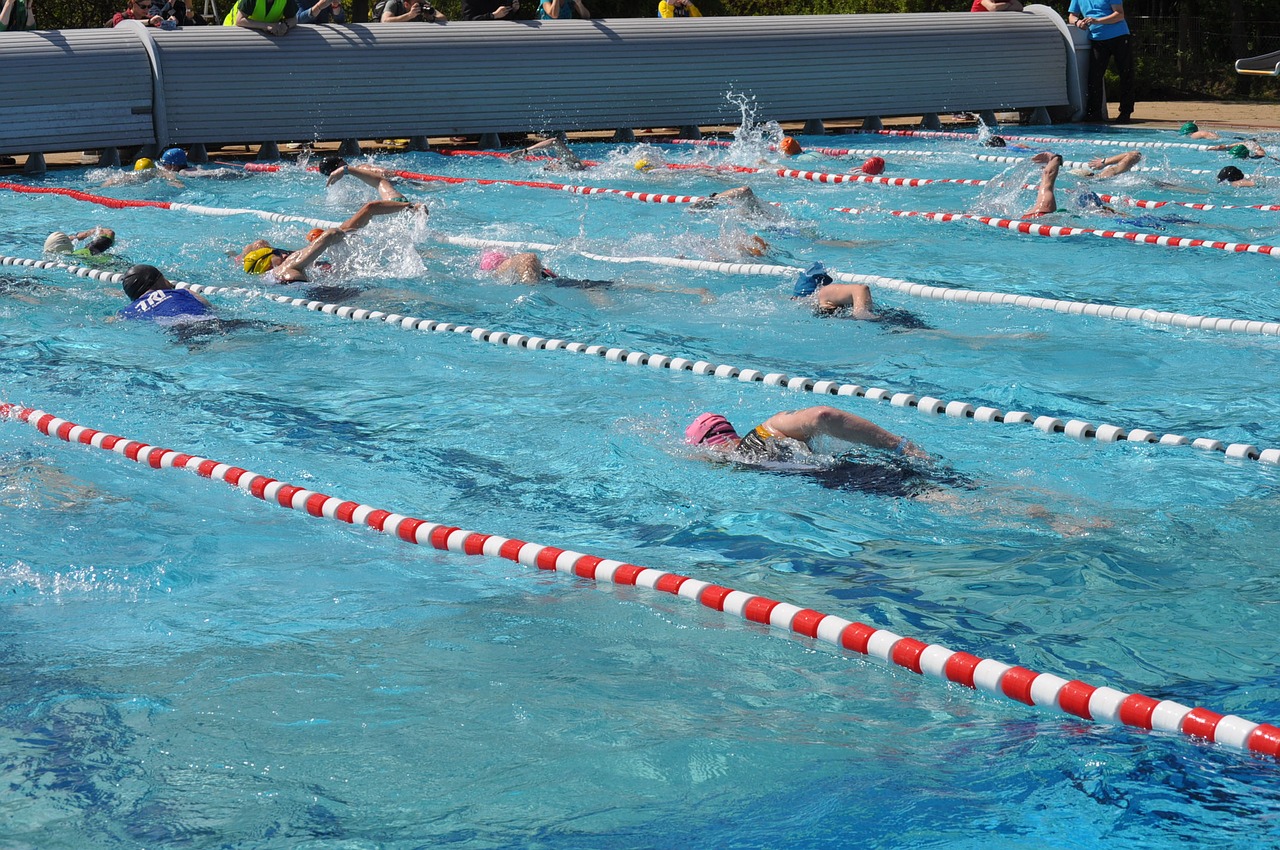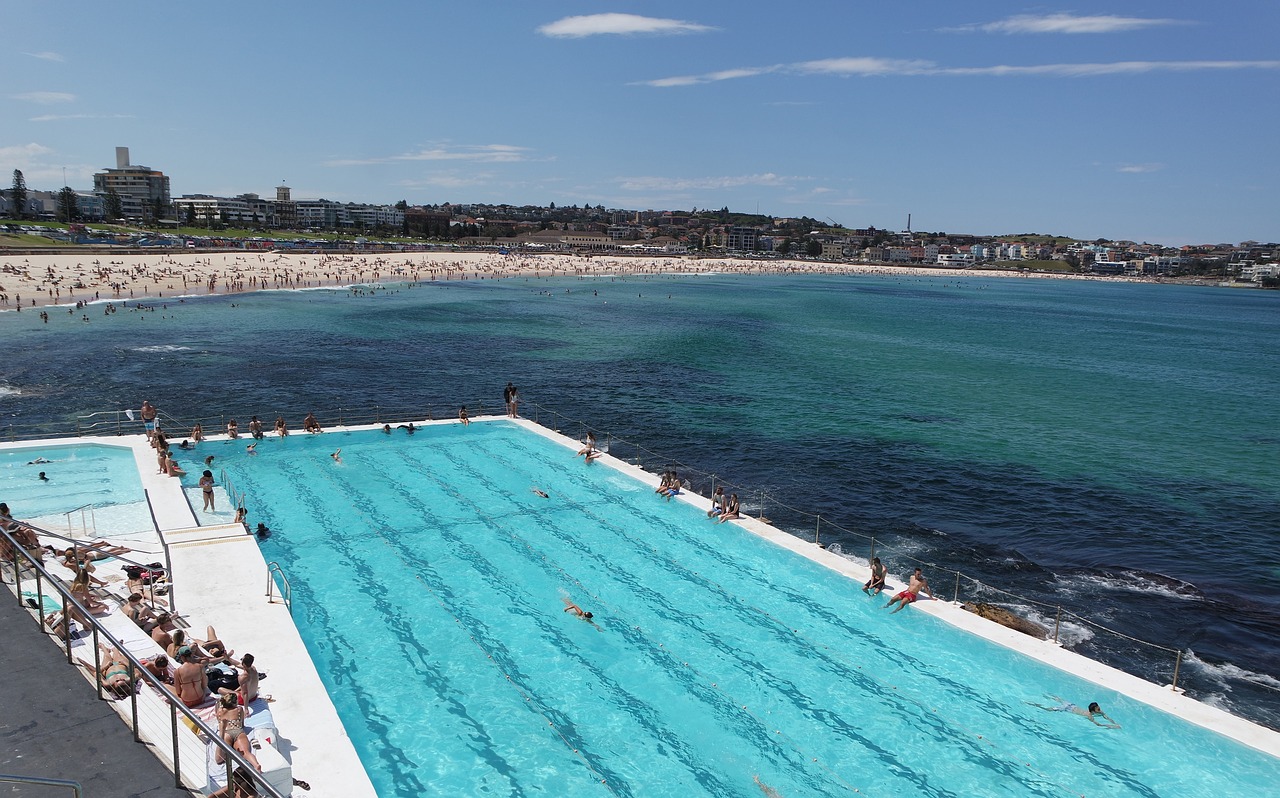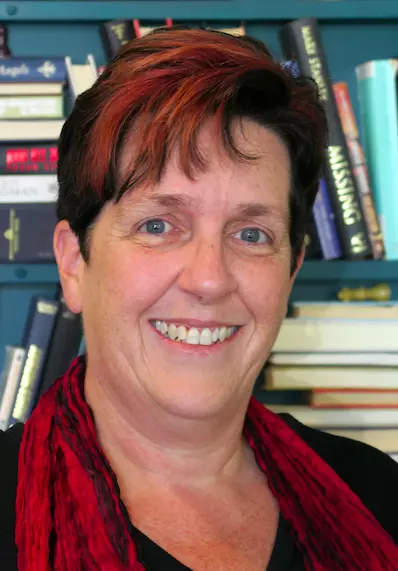The Australian aquatic industry suffered during the height of the covid lockdowns in 2020 and 2021. Every pool and aquatic centre around the country was forced to close right at the start of the lockdown period and were then among the last of the fitness centre facilities to reopen.
Qualified swimming teachers were unable to access JobKeeper payments and had no choice but to seek employment in other industries. Once the pools were allowed to reopen and resume their program of swimming lessons, teachers were hard, almost impossible, to come by and many classes had to be cancelled and programs minimised.
The problem has continued in 2022, with quarantine requirements further exacerbating the swimming teacher shortage.
In amongst all of this is the very real fear that 'covid' will inadvertently increase the rate of drowning and other water-related injuries. In fact, reports show covid has already had an impact.
All lessons, at every level, are being affected by this shortage — from the very earliest baby and infant swimming lessons through to adult swimming lessons. For the first time ever, there are waiting lists to enrol in swimming lessons of every level.
People are desperate for swimming classes to resume.
You're a qualified swimming teacher, aren't you? If not, you're probably considering enrolling in the training programs offered by AUSTSWIM or Swim Australia and looking forward to working with your first group of students.
Students.
They're everywhere and desperate to learn how to swim or improve their fitness level, water safety skills or strokes. But, as a swimming teacher, where and how can you find the students you want to teach?
That's what this article will explore.

Infant Swimming Lessons
To work with babies and young children as a teacher of baby and infant swimming lessons, you need to have completed the Teacher of Swimming and Water Safety course as well as the extension Teacher of Infant and Preschool Aquatics program offered by AUSTSWIM (or the Swim Australia equivalent).
The specialised extension program equips swimming teachers to work with a baby of 6 months through to a child of 4 years of age.

A baby and infant swimming program allows these young children to develop confidence in the water through a range of fun activities. Infant swimming programs are also as much about confidence for the baby and child as they are for the parent, who is also a participant in each class during the program. The classes incorporate a range of activities designed to develop basic swimming skills, such as floating, and water safety skills.
Where to find students
Almost every swim school will have 'baby and parent learn to swim' classes so if you want to work at a swim school and you have the required qualifications and checks, you can certainly ask to be put on the roster to run these lessons.
If you work as a private swimming teacher, think about the locations frequented by parents and ask to place your advertising leaflets and brochures here. For example, you could try:
- baby clinics
- maternity wards
- playgroups (e.g. mothers' group or fathers' group)
- parent associations
- childcare centre
- preschool (parent information boards and newsletters).
Also consider spending a little cash to place an advertisement in one of the many local parent, baby and child magazines. Letterbox drops are also a great idea. And, you cannot beat good old 'word of mouth' — so don't hesitate to ask past clients to write a testimonial or recommend you to a friend who may be a new parent.
Helping Kids and Teens Learn to Swim
Once a child is four, the parent is no longer required to be in the water with them (although it is very handy, particularly with the younger children, if the parent is very close by). Group sizes for these classes also tend to be smaller as the swimming teacher needs to manage the group independently without another adult — as always with pool activities, water safety is key.
To conduct swimming lessons for children who are four or older, including teenagers, teachers only need to hold the basic level Teacher of Swimming and Water Safety certificate. During this program, teachers will learn the skills necessary to pass four units of competency:
- instruct in water familiarisation and mobility
- instruct in water safety and survival skills
- instruct in swimming strokes
- perform basic water rescues.
Classes for children and teenagers may be small group lessons or private, one-on-one lessons. Often, particularly for primary school children, lessons are part of a two-week learn to swim program during school hours.
The older the child, the more water experience they are likely to have but you cannot assume this and many children will come to you as a complete beginner. That being said, you may also be tasked with teaching intermediate and advanced level students who require the development of their technique and stroke at a competitive or squad level.
Where to find students
As with baby and infant classes, your best bet, at least when you first start looking for work as a swimming teacher, will be to apply for a position at a swim school. Here, you can specify what level of students you would prefer to teach as well as your time availability.

Once you have experience at a swim school, you may wish to branch out on your own, or supplement your swim school lessons with private teaching. You will not be allowed to advertise your services at the swim school or pool where you currently work, and probably not at other pool or leisure centre facilities either (especially if they run their own swim school), however, there are other options, such as:
- primary and high school newsletters
- community centre pinboards
- youth centre noticeboards
- parent group associations
- parent magazines
- letterbox drops
- social media
- online group pages (such as Facebook community groups).
Again, word-of-mouth is a powerful tool so don't forget to ask people to spread the word about what a great swimming teacher you are and how much you helped their child or teen.
Teaching Adult Swimming Lessons
Often, when we think about swimming lessons, we are thinking about children being our students. However, there are a lot of adult 'swimmers' out there who are poor swimmers or do not know how to swim at all, let alone possess the water safety skills to get themselves out of a tricky situation.
There are numerous reasons why adults might want to enrol in swimming lessons. They may:
- have migrated from a country where learning to swim was not an option
- have had a bad experience in the water as a child and avoided the pool and other water activities ever since
- not have been interested in swimming, or lived near water, as a child but they do now
- want to improve their own confidence so they can enjoy the water with their children
- know how to swim but want to improve their technique or stroke
- be preparing for competition and require specific skills or stroke development.
If you already possess the basic level swimming teacher qualifications, you can work with adults, however, AUSTSWIM and Swim Australia also offer specialised Teacher of Adults programs that will better equip you with the skills required for adult swimming lessons.
Where to find students
If you work for a swim school, they may run adult learn to swim classes as small group sessions during the day but the lessons are more likely to be private one-on-one classes. You can certainly ask to be placed on the roster for these lessons.
Alternatively, if you want to work for yourself, there are a number of locations where you can promote your services. Try:
- your local community centre
- migrant resource centre
- social media
- online advertising platforms, such as Gumtree
- English language classes
- shopping centre and public library noticeboards.

One other option you might want to explore is the Swim Australia initiative, 'Swim It Forward'. This program was set up to support disadvantaged families who simply cannot afford the cost of swimming lessons. Swim It Forward is always looking for people to donate either their time or money to enable these families to access lessons — and potentially save lives.
There are numerous pros and cons to becoming a swimming teacher and people can often be put off by the thought of having to do the leg work to build up a solid base of students. However, it is not as difficult as it may initially seem as long as you know the type of students you want to work with and know where they hang out so you can target your advertising.











